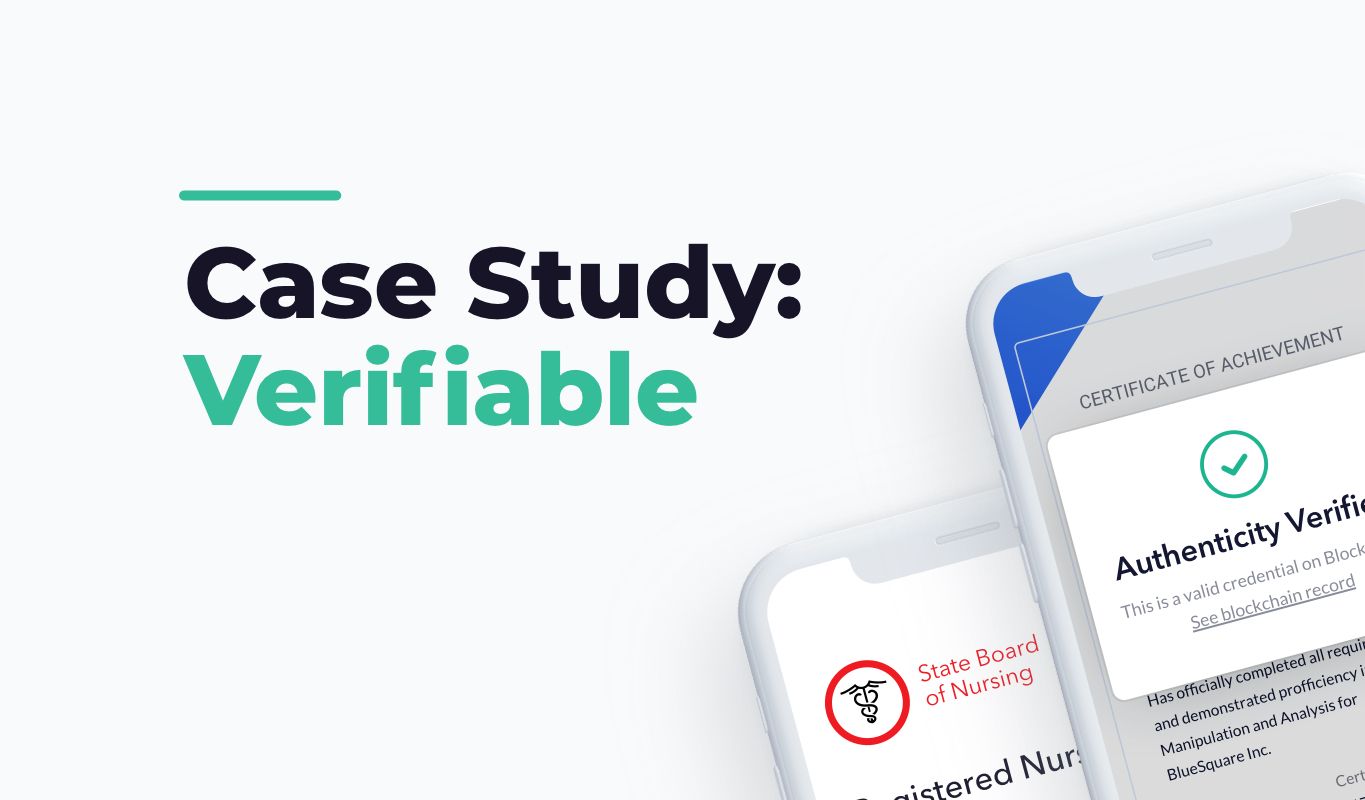Leveraging Dock to Streamline Credential Verification and Monitoring
Verification processes in the healthcare industry are plagued with inefficiencies due to paper-based licenses and certificates, coupled with manual verification processes and gatekeepers. Traditional verification can take weeks, if not months, which creates major delays in filling much needed healthcare roles as well as delays in healthcare workers being able to begin working. The healthcare industry and outdated credentialing processes have been long overdue for change.By leveraging Dock, organizations who provide and regulate medical licenses for the healthcare workforce can issue licenses in the form of digital credentials using Dock’s protocol. The recipients of these licenses can then easily share them for instant verification by any hospital, clinic or medical department where they would like to work.
Dock is working with a healthcare technology company that has created an ecosystem of credential issuers, employers and individuals and provides a platform to streamline credential issuing, verification and monitoring. With the use of verifiable credentials and blockchain, their product enables issuers to create digital verifiable credentials and a mobile app for individuals to store, share and instantly verify in real-time. Employers utilize the platform to instantly verify and continuously monitor credential status to ensure compliance on a daily basis and avoid large regulatory fines. Dock’s blockchain technology enables this healthcare verification company to provide a groundbreaking solution that modernizes the healthcare employment and compliance ecosystem.
Inefficiencies of other blockchain solutions
Prior to working with Dock, this healthcare company was attempting to build a credentialing solution with the existing standard Blockcerts coupled with the Ethereum blockchain. However, the team found a number of gaps in these toolsets that made them challenging and inefficient to work with.
For example, use of the Ethereum blockchain has become increasingly expensive and slower as it became congested as it’s popularity outpaced its ability to scale. This problem was compounded by the Ethereum client only able to process transactions sequentially .i.e. they are processed one at a time and in order. Blockcerts also requires issuers to set up a webserver to host a profile with a URL that is guaranteed to never change and if it does the credentials issued referencing this profile would not pass verification.
Having the issuer host their own profile and revocation list also leads to a fragile revocation process. In this environment, should an issuer require to revoke a credential they would simply be required to add a credential ID to the revocation list JSON file. In both cases, the webserver is a single point of weakness. More robust solutions would require issuers to utilise more secure cryptographic methods in using their private key to revoke credentials.
Partnership with Dock
Dock solves the issues faced by other solutions by enabling issuers to create decentralized identities (DIDs) and on-chain revocation. This removes the responsibility and administration of managing their off-chain identities away from the issuer and places it on the entire Dock Network which runs on multiple nodes. Even if the issuing entity ceases to exist, their credentials would live on and be cryptographically verifiable on the Dock Blockchain.
Dock is built on Substrate, a framework that provides much more flexibility for customizable blockchain solutions. Substrate’s modular approach ensures that Dock can adapt and iterate solutions more quickly for partners.
Dock’s focus on incorporating well-recognized standards, such as the leading web standards organization the W3C’s Verifiable Credentials Data Model (VCDM) into the Dock Network ensures that the solution is building upon the shoulders of those with domain expertise while providing maximum interoperability for users of Dock and will be interoperable across various platforms and applications. VCDM also enables features such as bundling several credentials into a single Verifiable Presentation, and the use of privacy-preserving options like Zero-Knowledge Proofs facilitating the credential recipient to prove certain things, such as their age, without revealing anything else about themselves.

